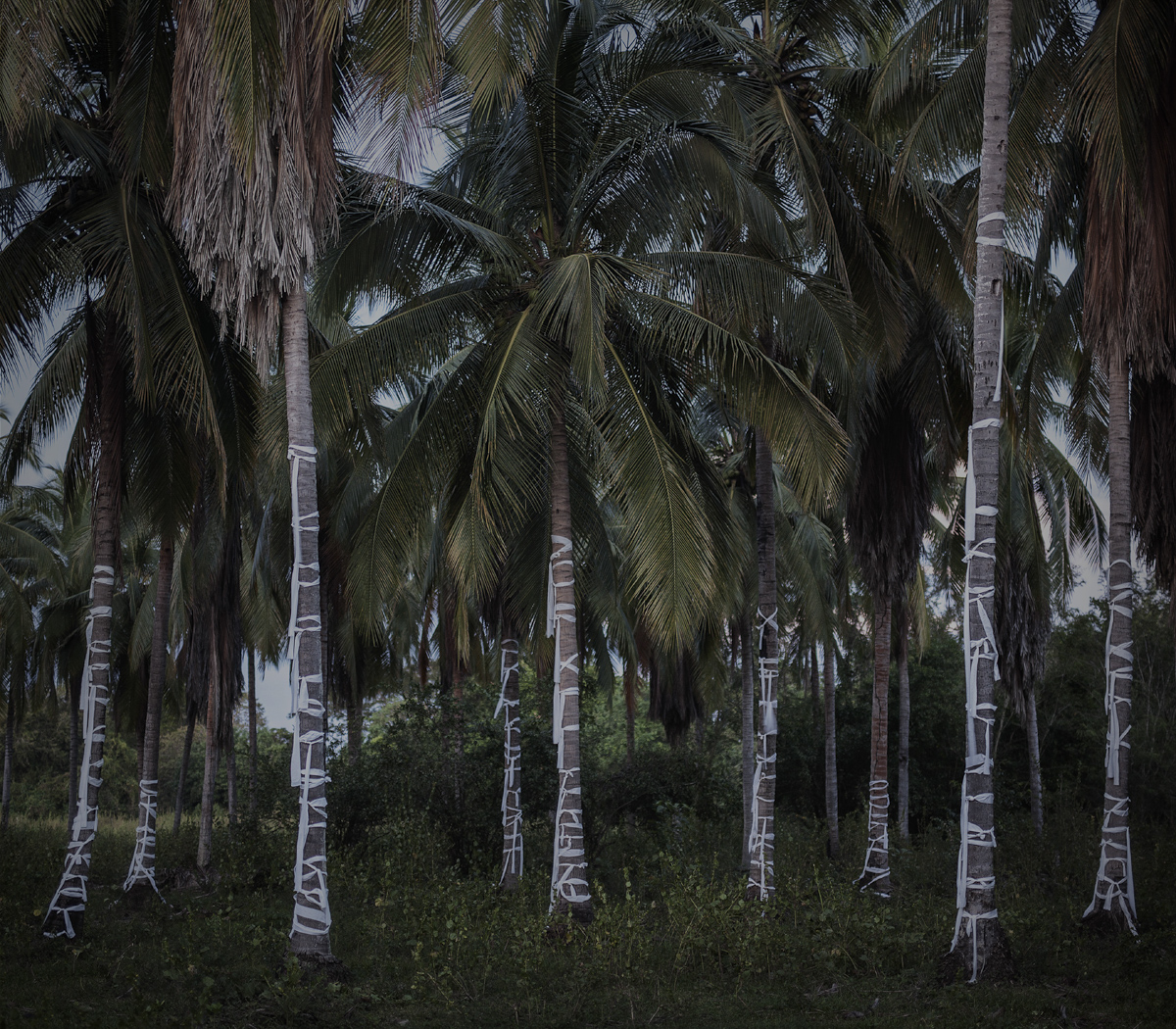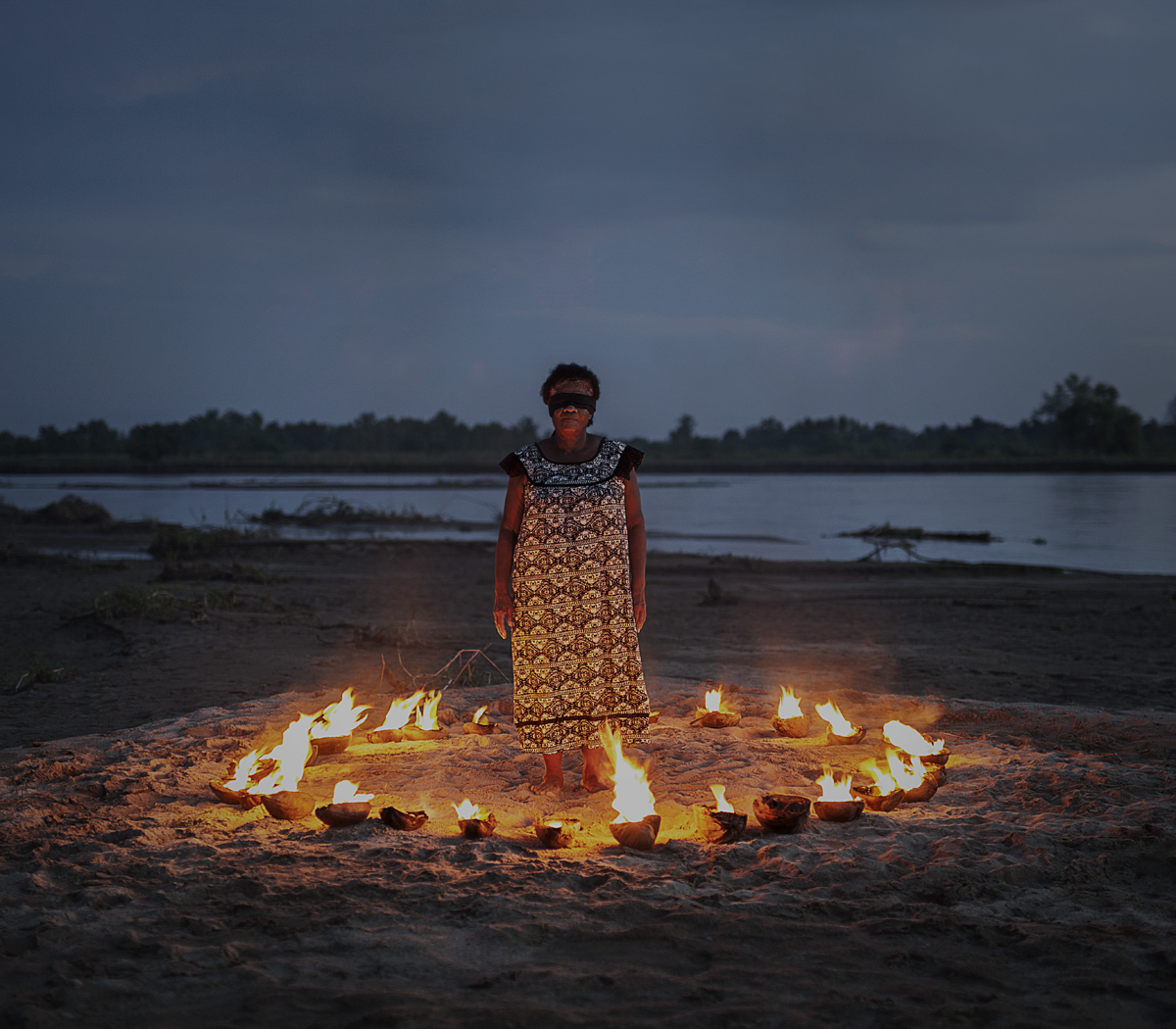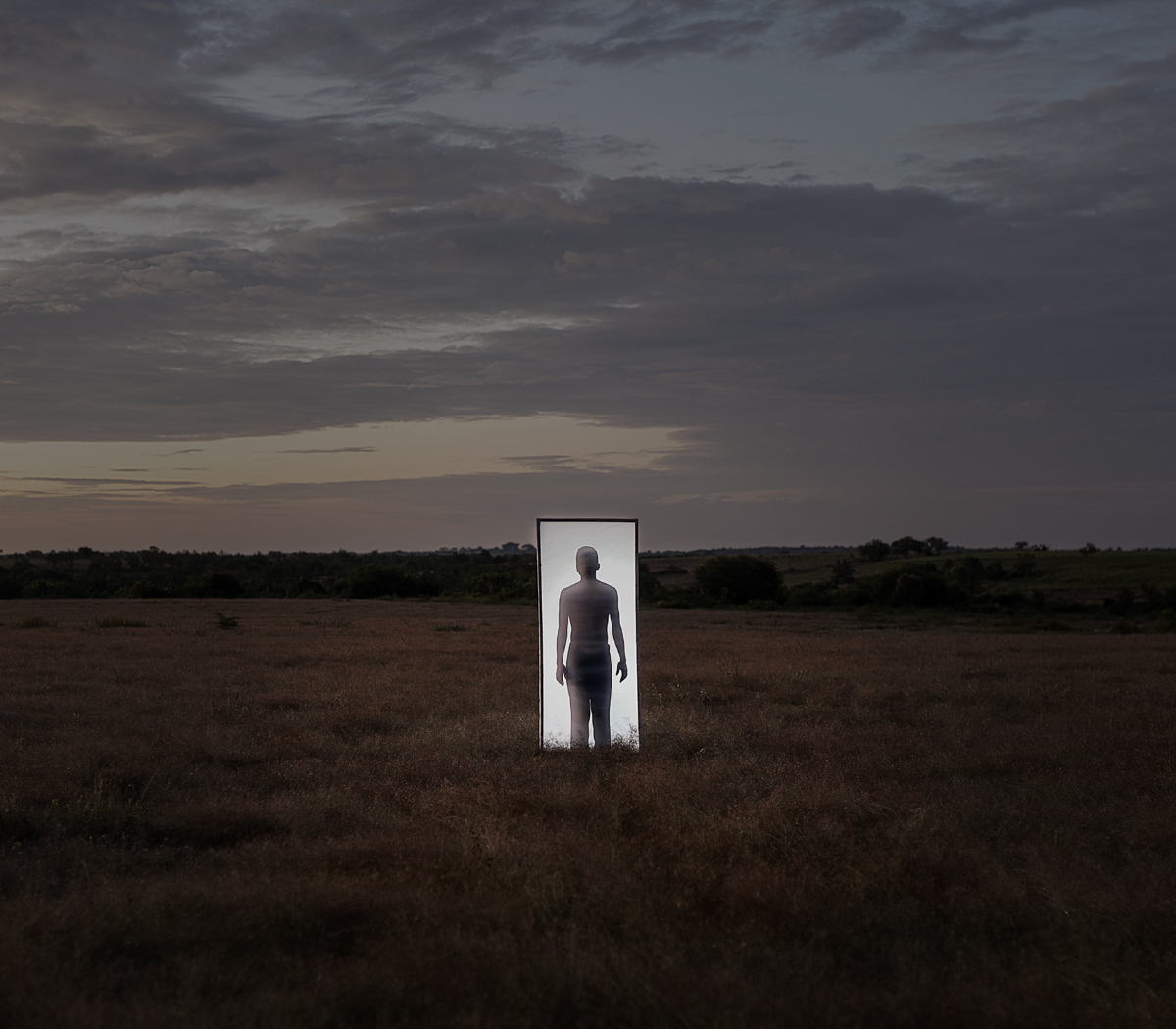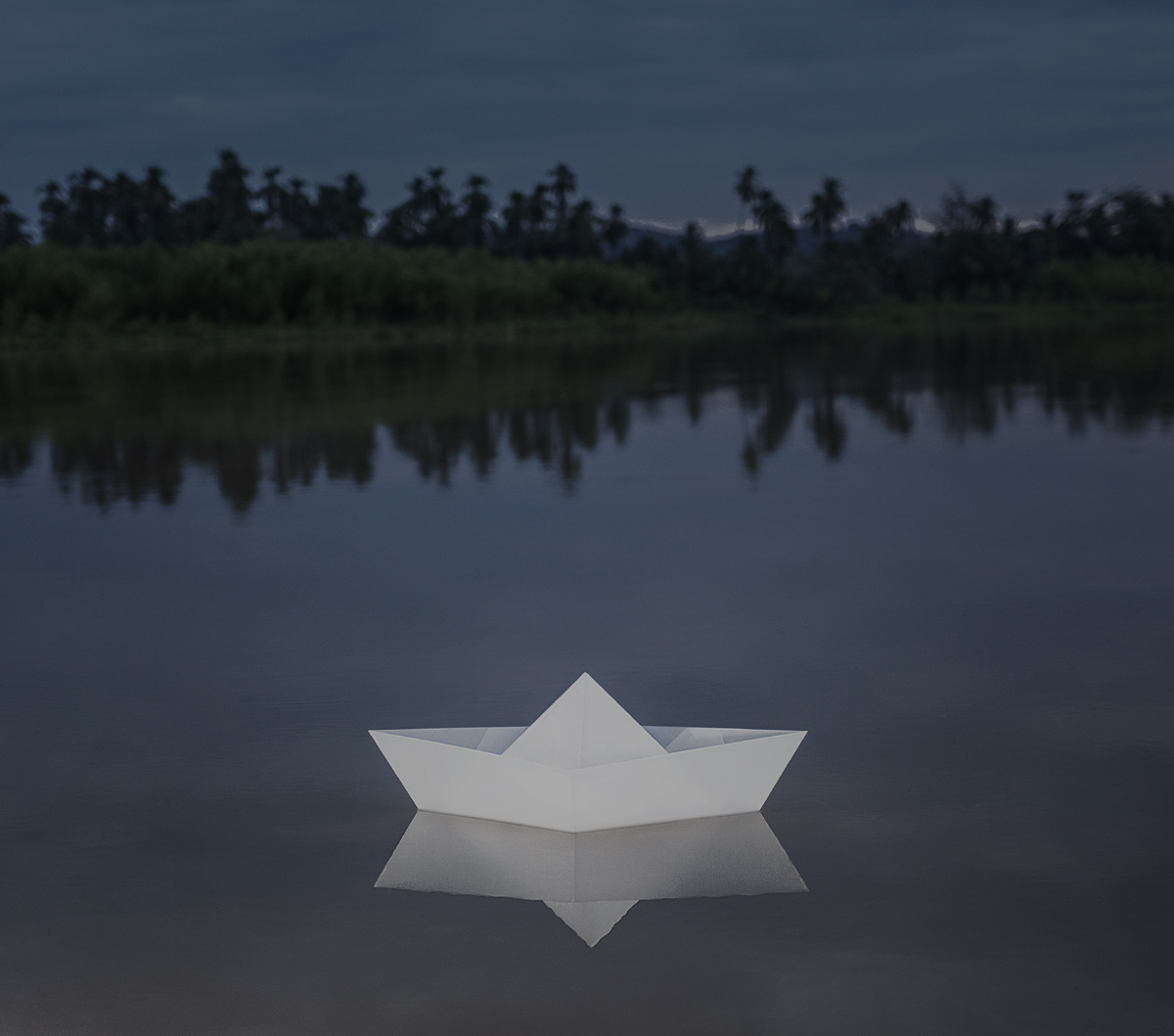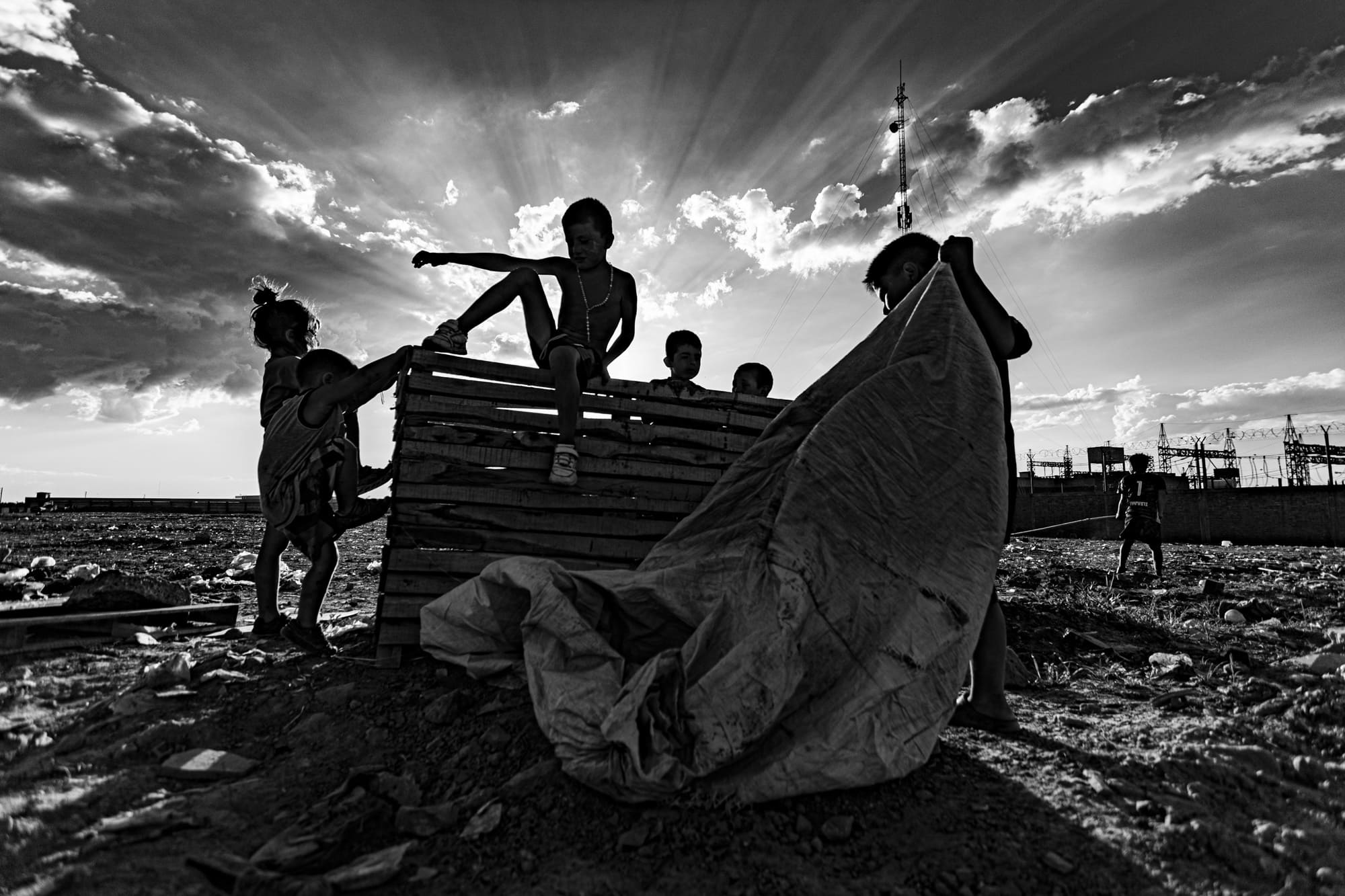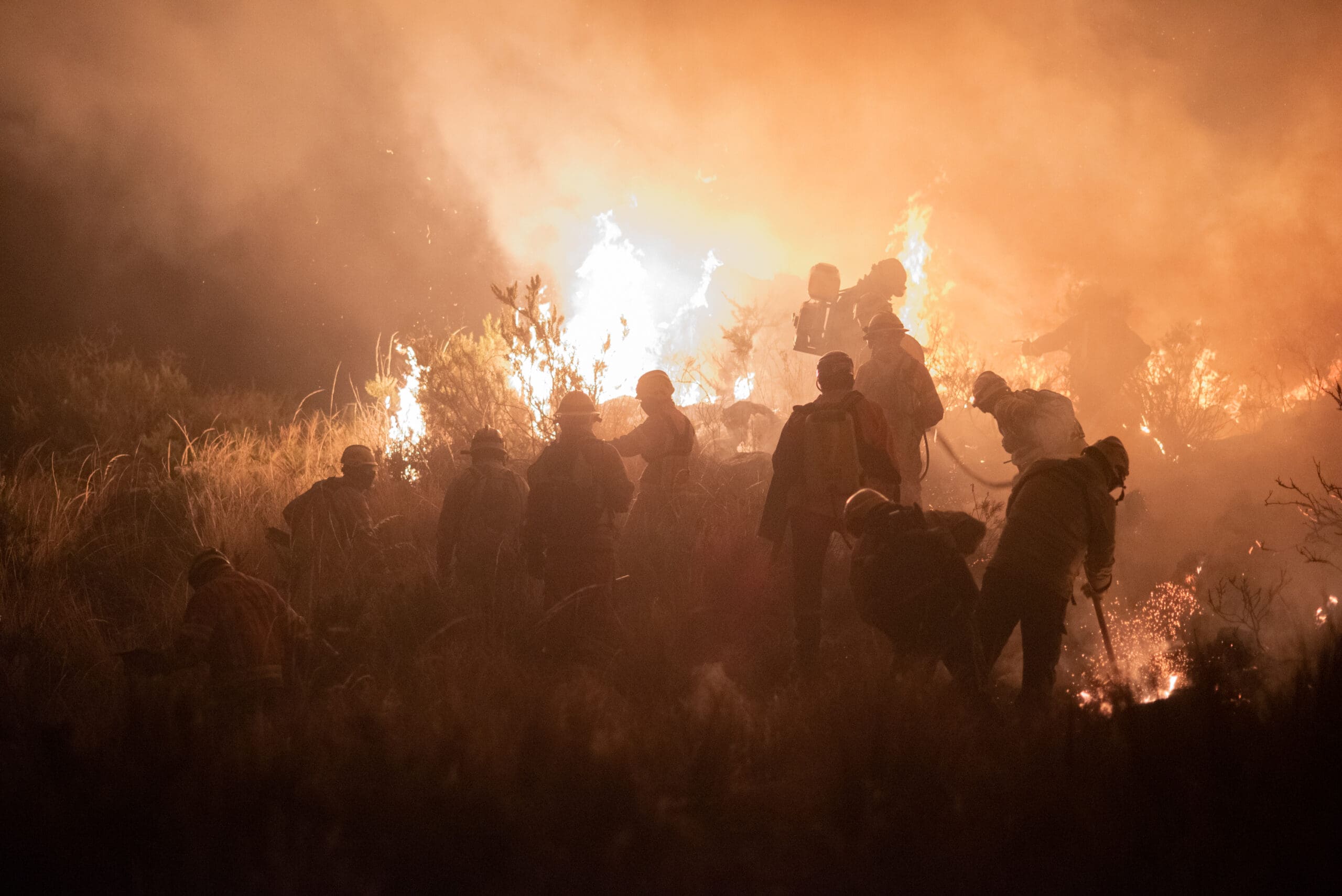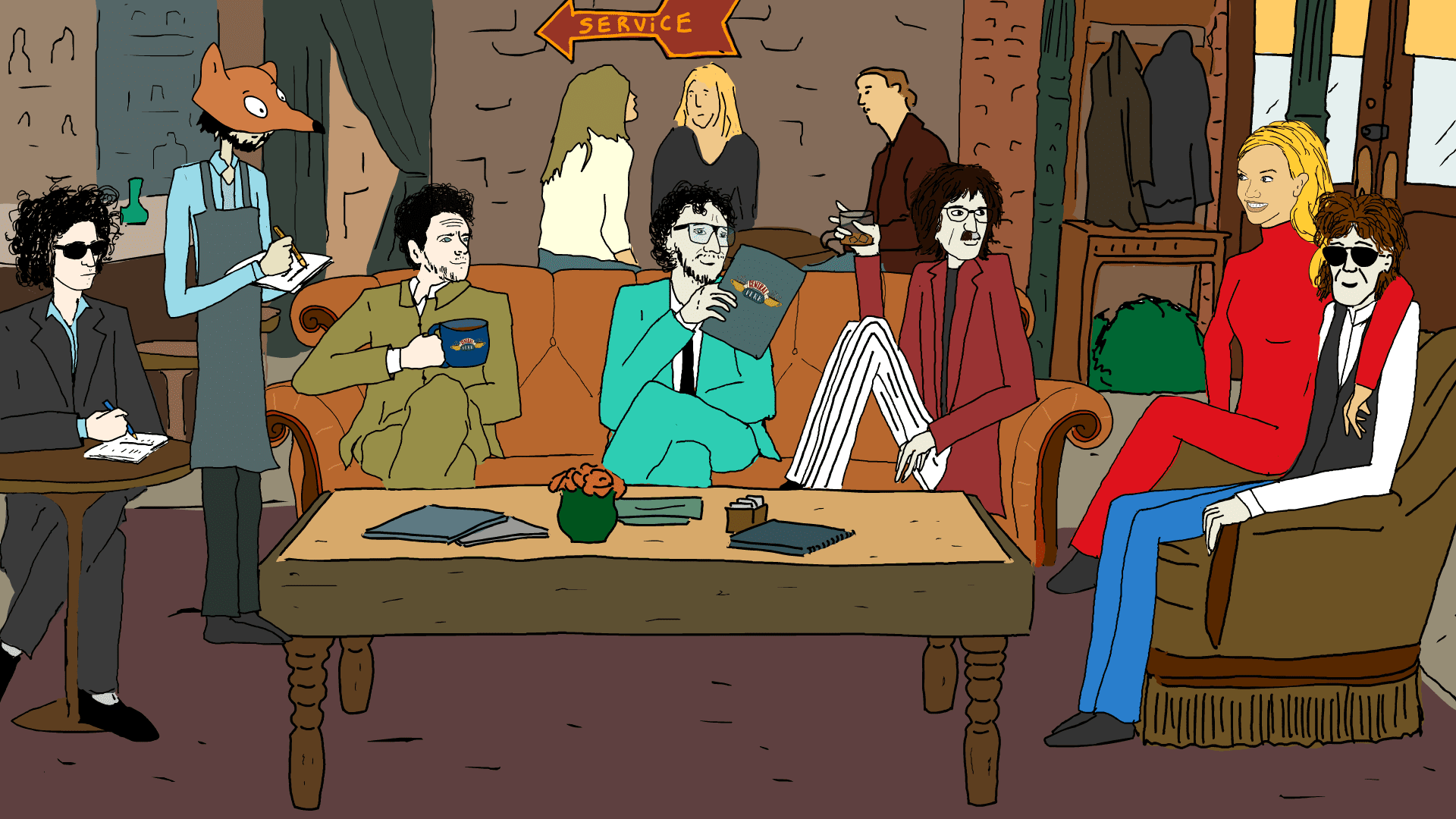The fandango is an ancient Spanish dance in wich castanets are used, and that arrived, just like enslaved people, to America. The maroon (cimarrón) is a rebellious soul that runs away from the control of “his masters” and decide to grow in liberty. From this swing of identities emerge El cimarrón y su fandango, the photographic project of Mara Sanchez Renero, which is part of the Africamericanos platform.
“In the Americas, at the colonial period, the fugitive black enslaved who led a life of freedom in remote corners of civilization was called a cimarrón”: This is how Mara’s descriptions of her work begins, which is born from a reflection throughout time and space.
In Mexico the Afro-Americans peoples settled mainly in Veracruz, Guerrero and Oaxaca. Mara had been there fifteen years ago. At that time, she says, “There wasn’t a conscience of blackness and the history of the third root, it was said that a ship had been wrecked and the black community had gotten off it.”
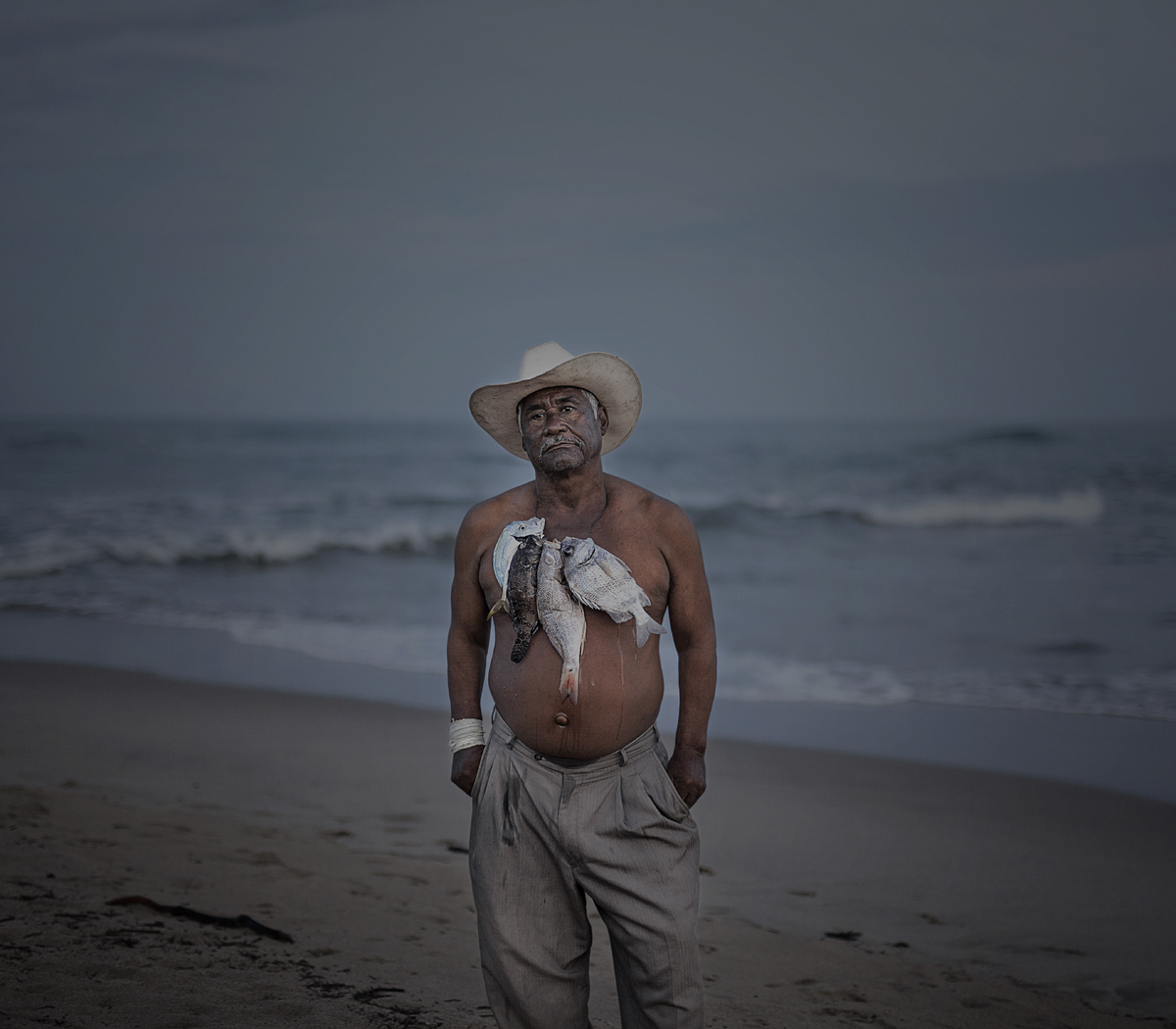
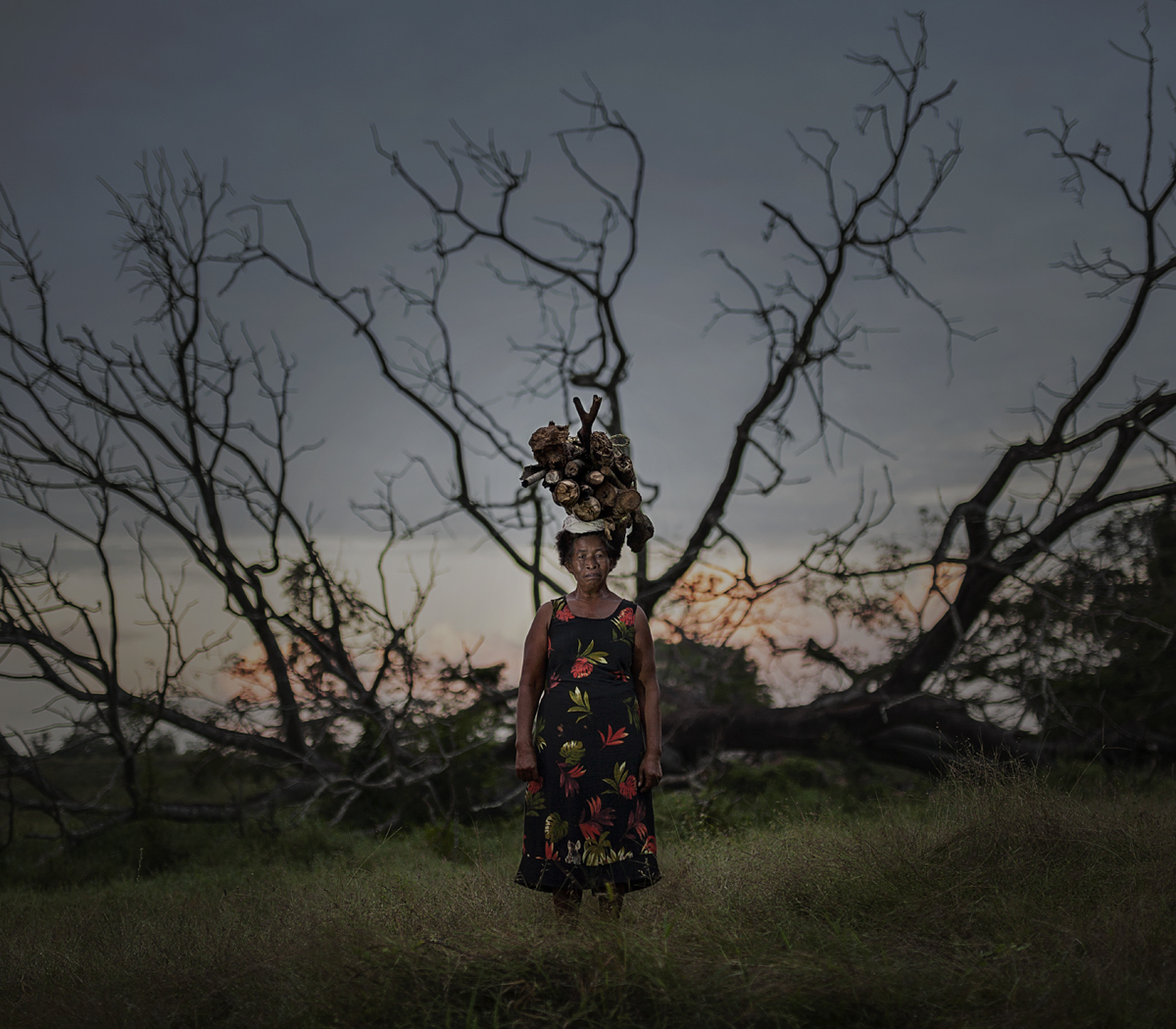
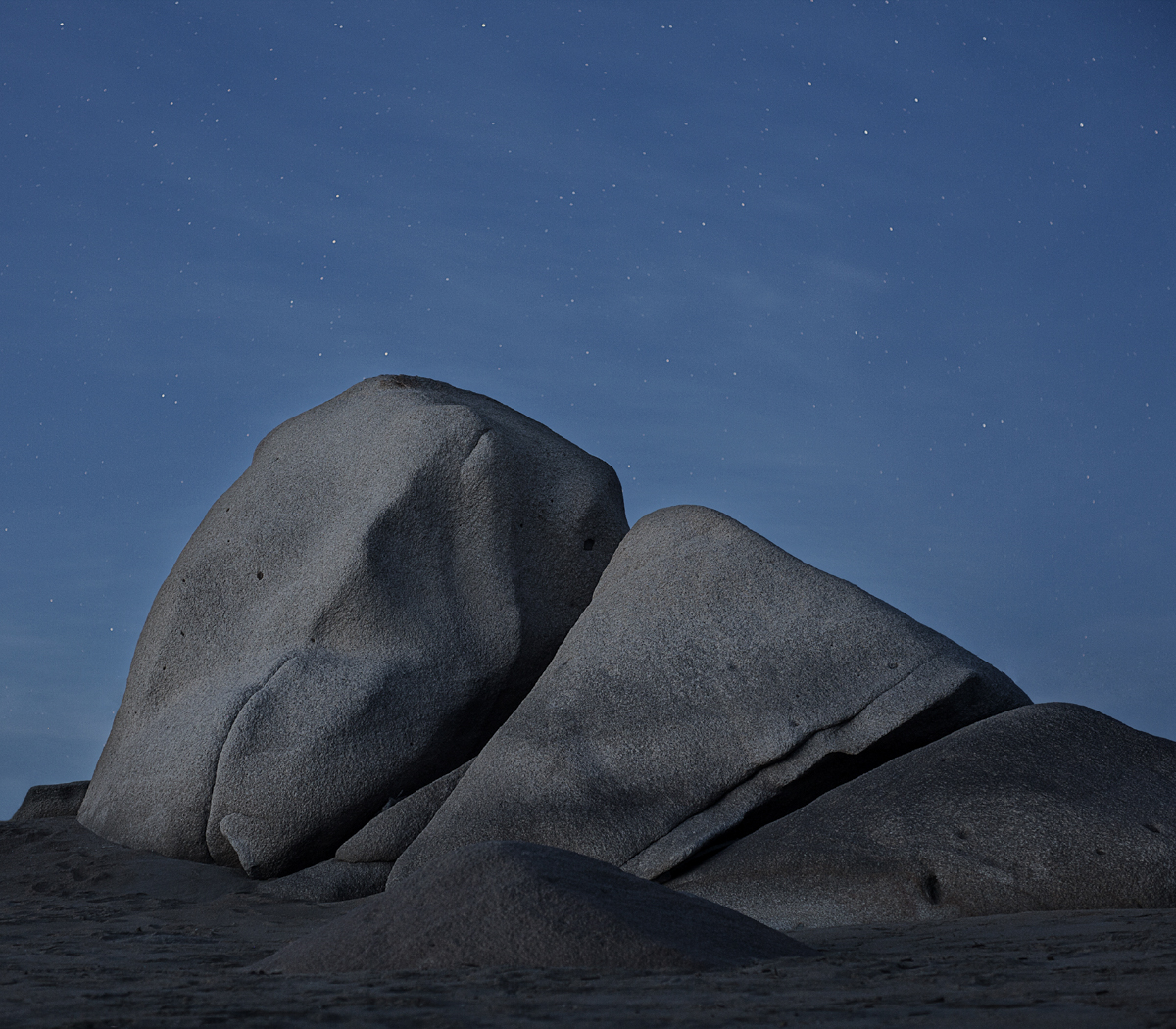
Mara lived for a decade in Barcelona, Spain. When she came back to her country she needed to “reconnect with the territory” and began to move around the local map. When she returned to the area, more specifically to Marquelia, she found a completely different situation, the story of the afrodescendant culture was told differently, as if the identity took on another role. “it was the history of slavery that we shared with all of America”, she analyzes. So the phenomenon acquired a new dimension in Mara’s eyes. “I got to know very important traditions in terms of energy and movement that, at the same time are subtle and melancholic”, she describes.
She sought to portray the violence of the arrival of “the Spanish conquering white men” in a photo in which there is a paper boat on a still water that acts as a mirror. The artificiallity of the object contrasts with the nature of everything else and the white of the paper plays with the black filter that covers up all her series. “The black platen that has the images function like a reflexion of what happens with the color and particularly with the black color”, she says.
To do the project she traveled there three times. The first, to make contact, meet, chat. The last one, to show the results. In the middle, she thought in the little boat, looked for materials, visual references and paintings. But she found it difficult to find, she noticed that there was “a lot of visual invisibility” and she began to draw what she imagined to photograph. The drawings served as a way of telling the community what she wanted to do.
These dialogue, for her way of conceiving the work, is key. Because she doesn’t consider herself an observer: “I approach as a collaborator to create something new. I am interested in speaking from a language more symbolic and allegorical. I invite them to build a story that I want to tell”.
